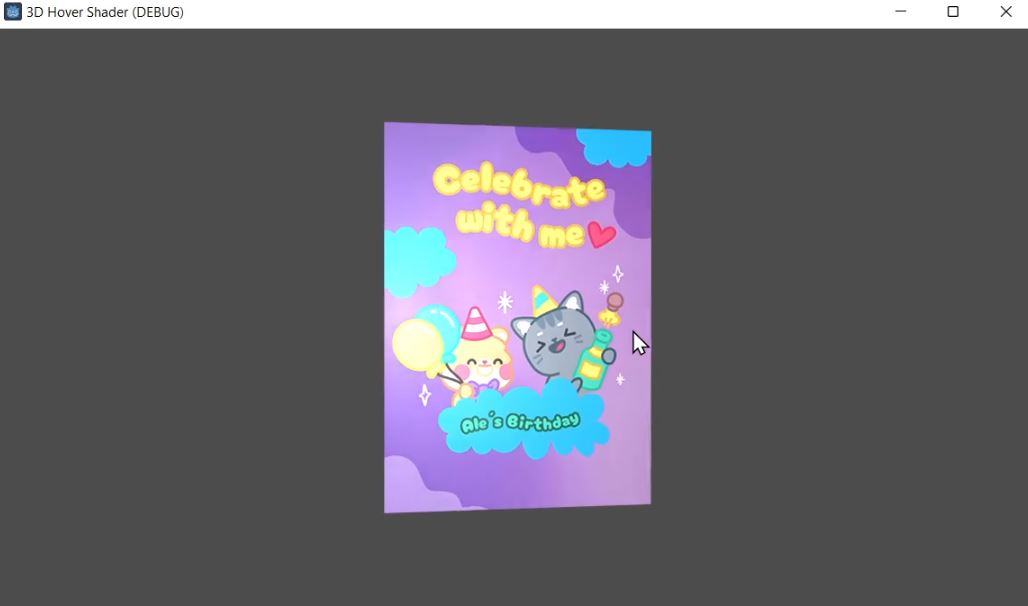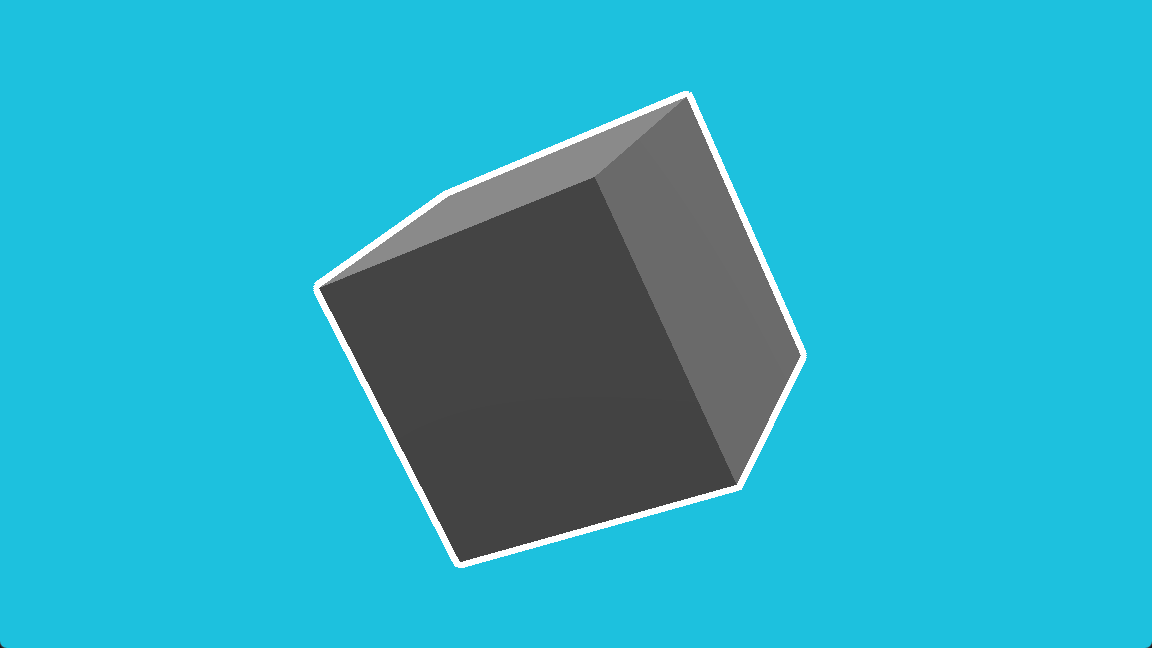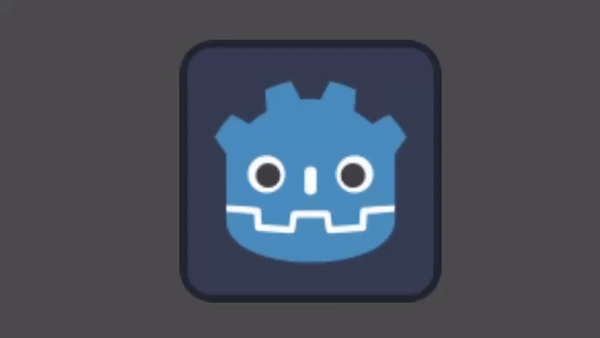3D Hover CanvasItem
This shader will create a 3D hovering effect with mouse interaction on a canvas item like TextureRect. Also, it renders a specular highlight that changes with hover.
Shader Properties:
- Tilt Scale – Amount of tilt on mouse hover
- Is Specular Light – Enable/disable specular highlight
- Specular Light Intensity – specular highlight strength
- Specular Light Power – controls the spread of specular highlight
- Mouse Pos – This is the mouse position that will be set via GDScript attached to the canvas item. You can find this script in the demo project.
It is recommended to use a texture with some transparent space at the border so that the image is not clipped when tilted.
Shader code
shader_type canvas_item;
uniform float _tilt_Scale = 0.5;
uniform bool _isSpecularLight = false;
uniform float _speularLightIntensity = 0.5;
uniform float _speularLightPower = 3.0;
uniform vec2 _mousePos;
varying vec2 texCoord;
varying float fragPerspective;
varying vec2 mouseoffset;
void vertex() {
// Normalize texture coordinates
texCoord = VERTEX.xy * TEXTURE_PIXEL_SIZE;
// Center the coordinates around the origin
vec2 centeredCoord = texCoord - vec2(0.5, 0.5);
vec2 mouse_centered = ((_mousePos + 0.5/TEXTURE_PIXEL_SIZE) * TEXTURE_PIXEL_SIZE) * 2.0 - 1.0;
mouseoffset = mouse_centered / 2.0;
// Rotation matrices around the x, y, and z axes
float cosX = cos(mouse_centered.y * _tilt_Scale);
float sinX = sin(mouse_centered.y * _tilt_Scale);
mat3 rotationX;
rotationX[0] = vec3(1.0, 0.0, 0.0);
rotationX[1] = vec3(0.0, cosX, -sinX);
rotationX[2] = vec3(0.0, sinX, cosX);
float cosY = cos(-mouse_centered.x * _tilt_Scale);
float sinY = sin(-mouse_centered.x * _tilt_Scale);
mat3 rotationY;
rotationY[0] = vec3(cosY, 0.0, sinY);
rotationY[1] = vec3(0.0, 1.0, 0.0);
rotationY[2] = vec3(-sinY, 0.0, cosY);
float cosZ = cos(0.);
float sinZ = sin(0.);
mat3 rotationZ;
rotationZ[0] = vec3(cosZ, -sinZ, 0.0);
rotationZ[1] = vec3(sinZ, cosZ, 0.0);
rotationZ[2] = vec3(0.0, 0.0, 1.0);
// Combine rotations
mat3 rotation = rotationZ * rotationY * rotationX;
// Apply the rotation to the vertex position
vec3 transformedCoord = rotation * vec3(centeredCoord, 0.0);
// Apply perspective projection
float perspective = 1.0 / (1.0 - transformedCoord.z * 0.5);
float perspective2 = 1.0 / (transformedCoord.z * 0.5);
transformedCoord.xy *= perspective;
texCoord *= perspective;
fragPerspective = perspective;
// Transform back to screen coordinates
vec2 screenPosition = transformedCoord.xy + vec2(0.5, 0.5);
VERTEX = screenPosition / TEXTURE_PIXEL_SIZE;
}
void fragment() {
//perspective correction of UV
vec2 finalTexCoord = texCoord / fragPerspective;
vec4 texColor = texture(TEXTURE, finalTexCoord);
//sepcular light
float colvalue = pow(clamp(1.0 - length(finalTexCoord - 0.5 + mouseoffset), 0.0, 1.0), _speularLightPower) * _speularLightIntensity;
vec3 specularCol = vec3(colvalue, colvalue, colvalue);
if(_isSpecularLight)
COLOR = texColor + vec4(specularCol, 0.0);
else
COLOR = texColor;
}




